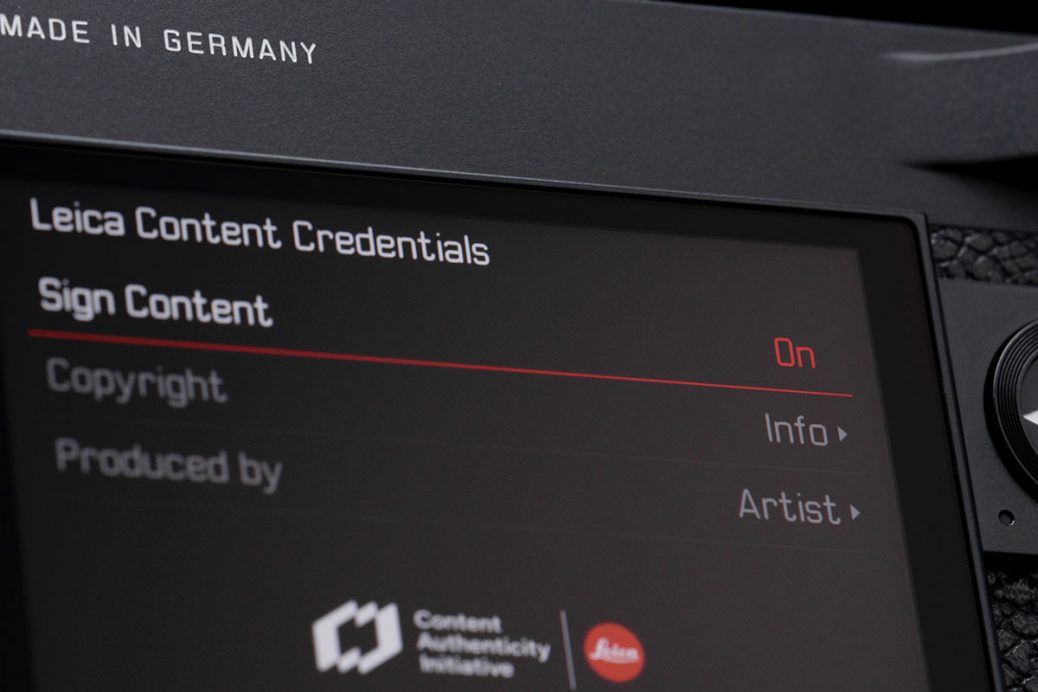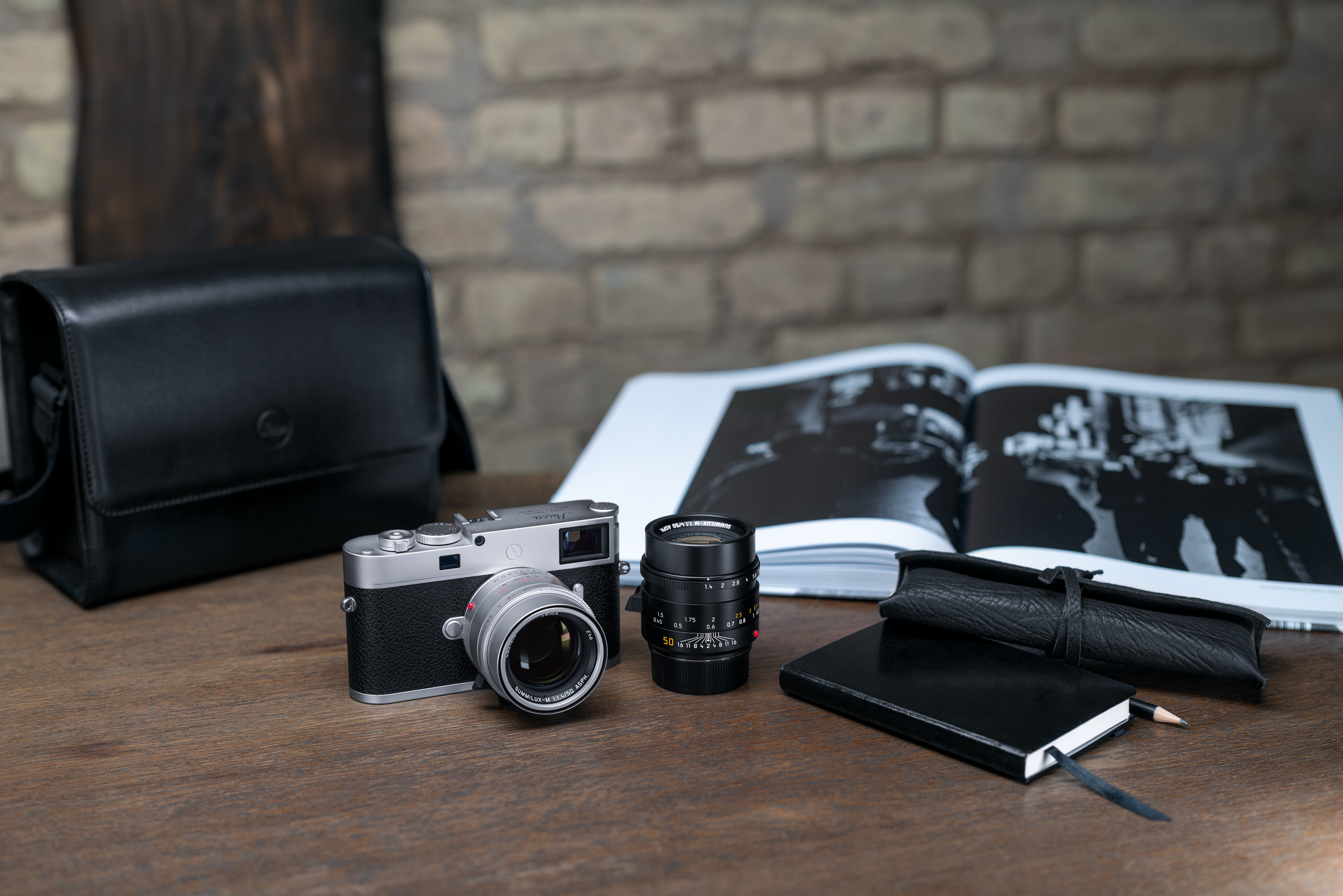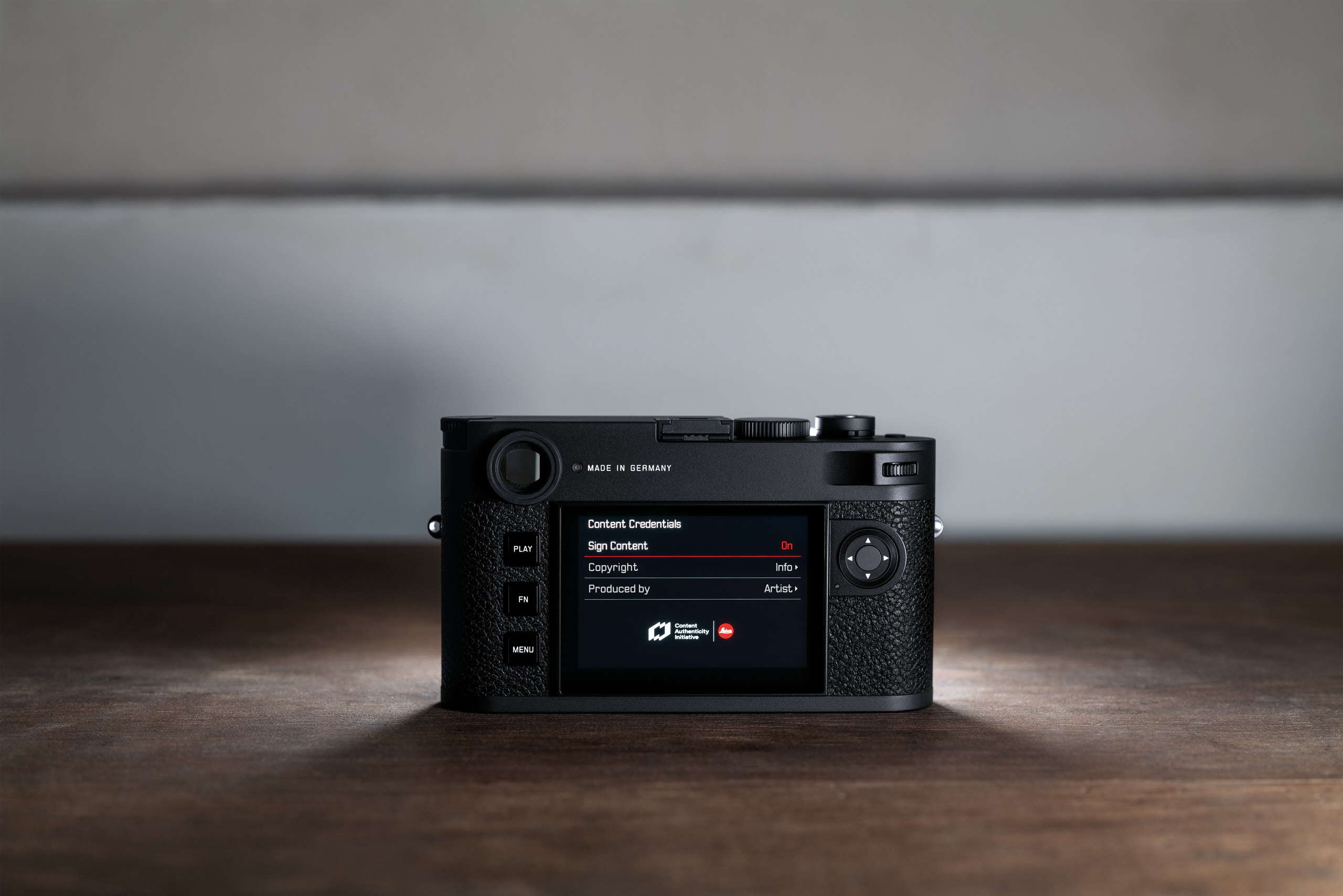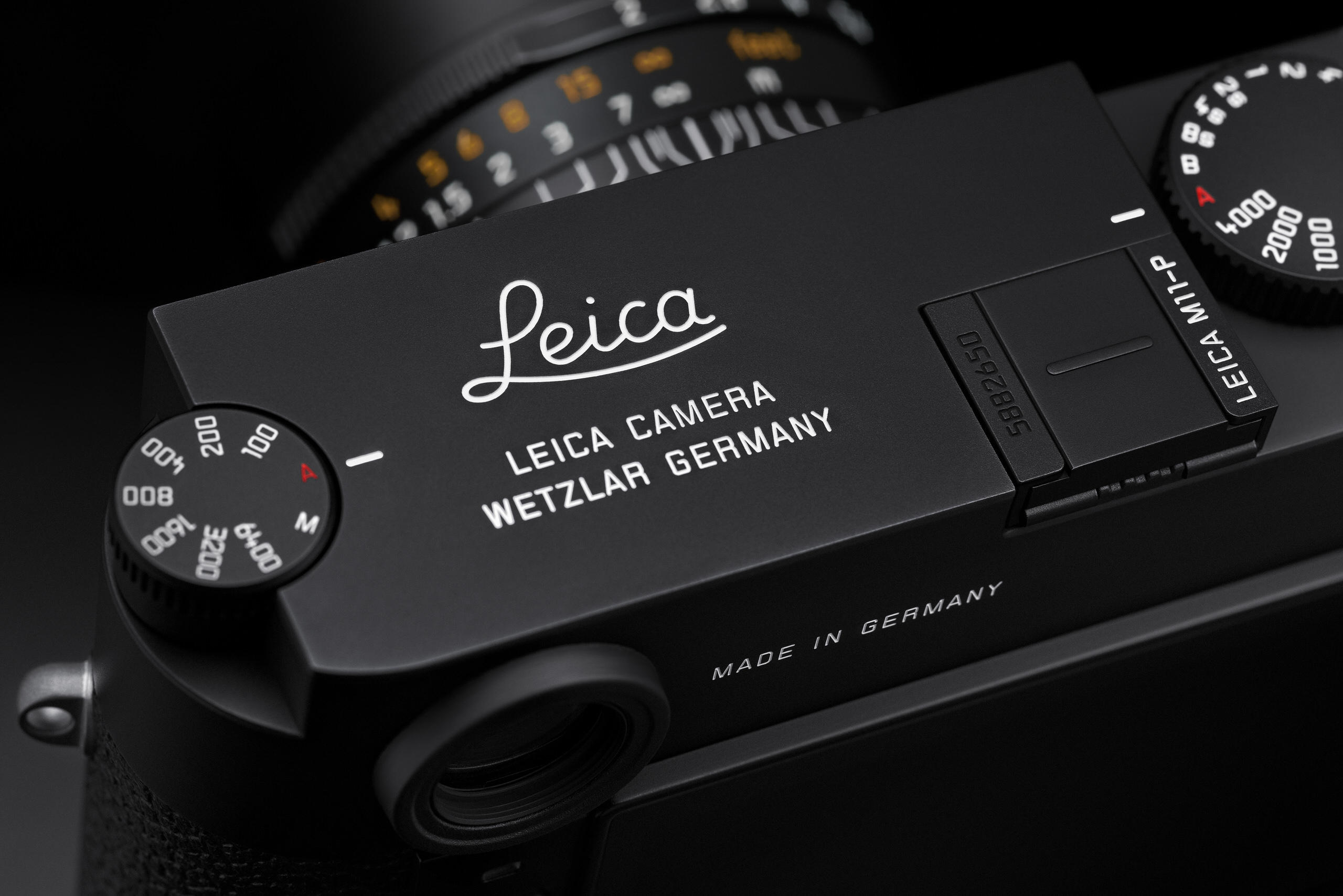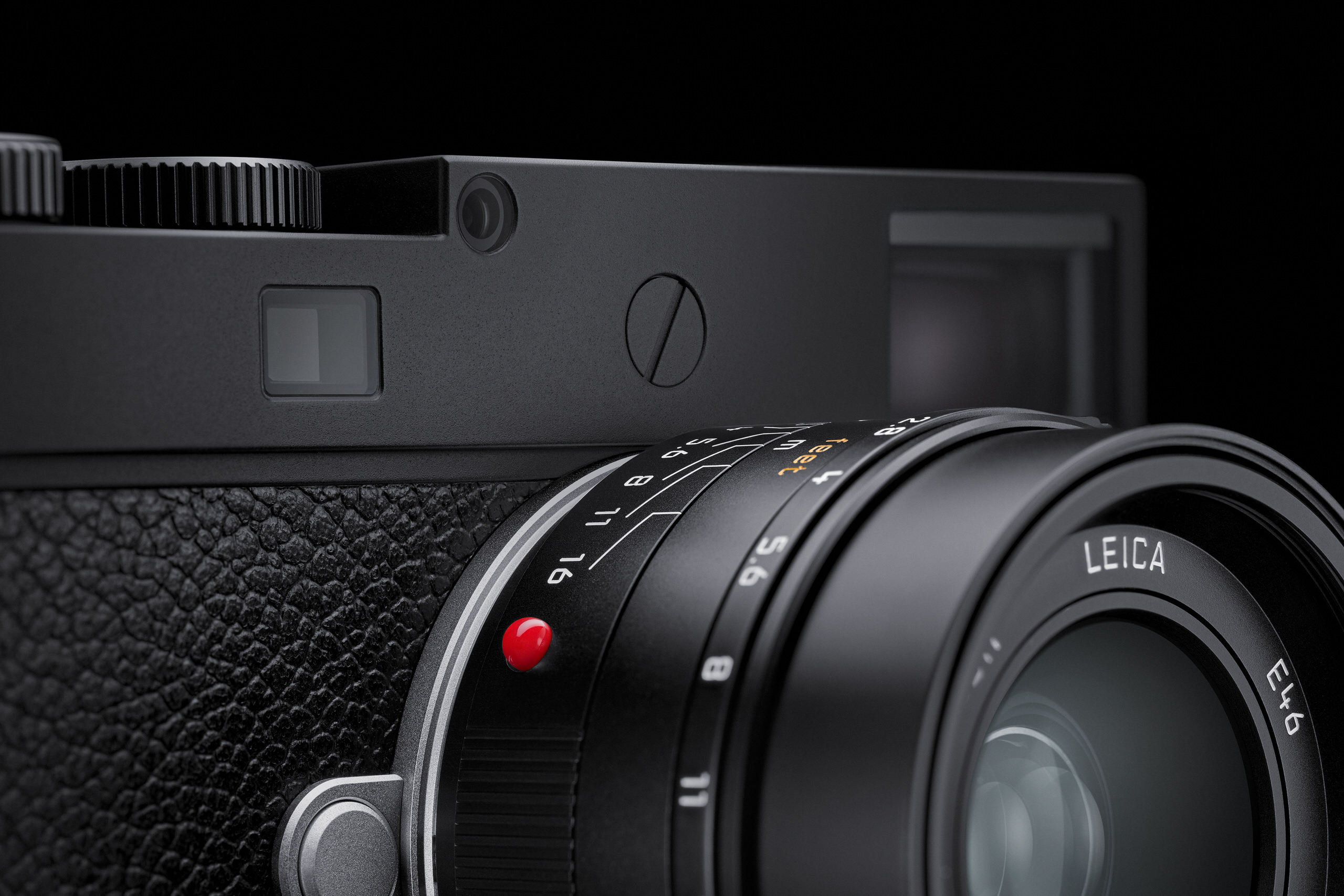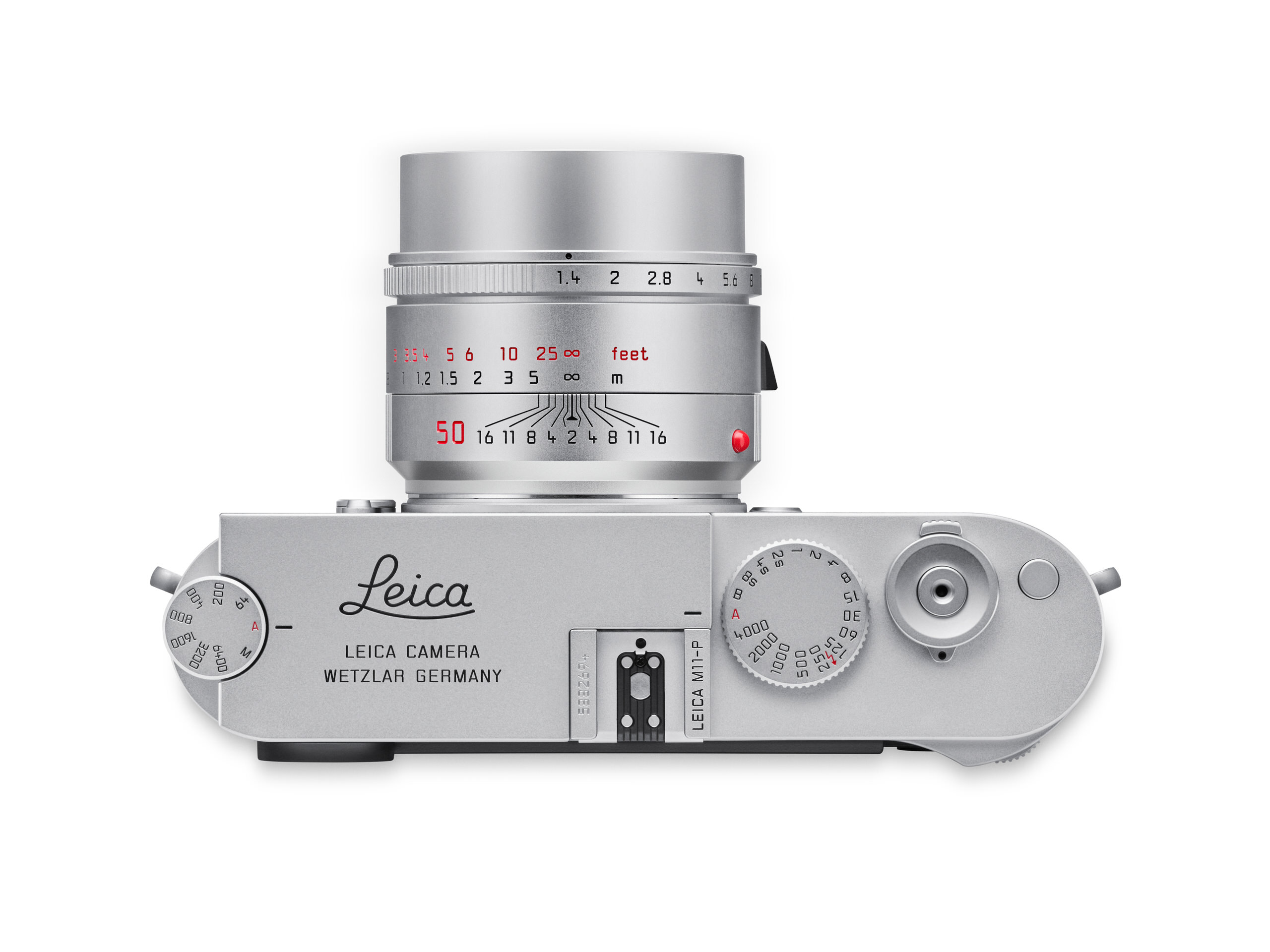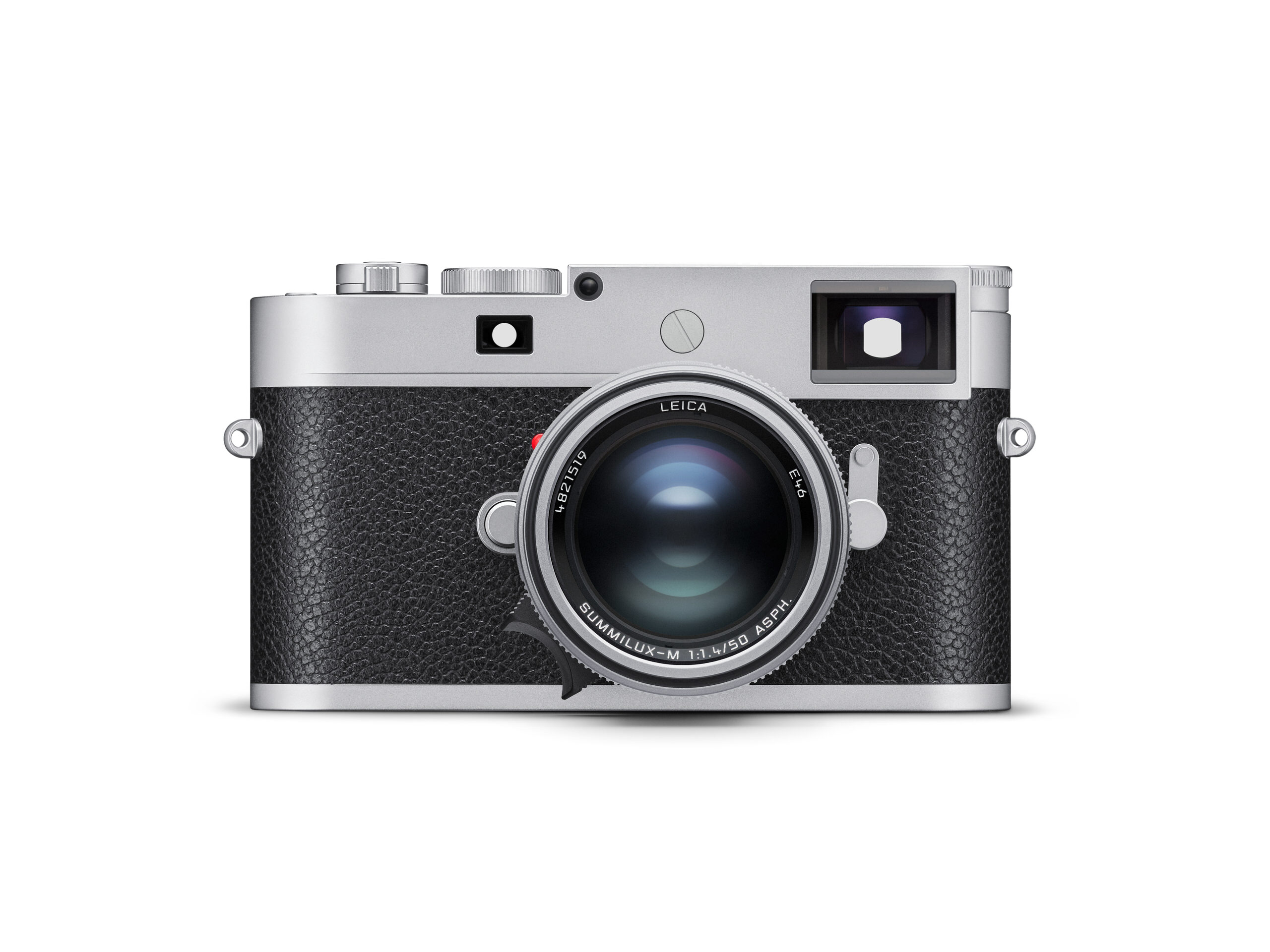The New Leica M11-P Is the First Camera to Embody Content Credentials
Like hardly any other camera, the Leica M has stood for vivid and authentic images taken at the center of action since its launch in 1954. The intuitive, unique, and unobtrusive style of M photography is especially appreciated by photojournalists working in conflict areas. Since then, countless iconic pictures have been taken that reliably document the history of the world.
In today’s digital era, however, content can be easily manipulated. Forged and artificially created images deprive consumers of their trust in the accuracy of digital content and make it difficult to prove the authenticity of one’s own pictures. A fatal problem that threatens the basis of photographic reporting.
Leica Camera, with its unwavering pioneering spirit and commitment to authenticity in art of making a photograph, unveils the Leica M11-P, the first commercially available camera in the world to come with a built-in hardware encryption chip, enabling it to digitally sign images with content credentials.
Content Credentials are the digital nutrition label and most widely adopted industry standard for content of all kinds, and the foundation for increased trust and transparency online. With the M11-P championing for content transparency, Leica underscores its focus on the essentials and the photographers who choose to see and capture moments in the most authentic way possible.
The Leica M11-P pioneers the use of secure metadata in compliance with the Content Authenticity Initiative (CAI) open-source standard. This feature provides an additional layer of transparency when designing and modifying an image. It allows information such as names, dates, changes made and tools used to be securely attached, creating awareness of the file’s origin. With Content Credentials, each Leica M11-P image captured receives a digital signature backed by a CAI-compliant certificate. The authenticity of images can be easily verified at any time using a freely available, open- source CAI tool or by visiting https://contentcredentials.org/verify.
Dr. Andreas Kaufmann, Chairman of the Supervisory Board of Leica Camera AG: “Leica cameras have always stood witness to iconic moments in world history. However, determining the authenticity of visual content has become increasingly difficult and important in the age of digital photography. Now with the ability to provide this proof, we are once again strengthening trust in digital content and re-establishing Leica cameras as authoritative tools in the documentation of world events.”
Santiago Lyon, Head of Advocacy & Education, Content Authenticity Initiative, Adobe: “We’re thrilled to see Leica pioneering the integration of Content Credentials into their flagship M11-P cameras. This is a significant milestone for the Content Authenticity Initiative (CAI) and the future of photojournalism: It will usher in a powerful new way for photojournalists and creatives to assert their digital rights, combat misinformation and bring authenticity to their work and consumers, while promoting widespread adoption of Content Credentials.”
Leica ́s Content Credentials technology ensures the picture’s authenticity by means of special hardware in the camera. It includes a special chipset for storing digital certificates of the German Federal Printing Office. The state-of-the-art integration guarantees complete verifiability of a picture’s origin. Thus, Leica is setting a new standard for the protection of digital content in cooperation with Adobe and the global community of nearly 2,000 members, including media and tech companies, NGOs, academics, and more to promote adoption and implementation of Content Credentials.
When the “Leica Content Credentials” function is activated in the camera menu, the Content Credential logo is visible in the display and every image taken by the Leica M11-P is reliably signed using a special algorithm. The image thus receives an unalterable and verifiable proof of camera model, manufacturer, and image attributes. The authenticity of these certificates can be verified and examined by means of free CAI open-source tools at any time. They prove whether an image is available in the original or in an edited version and in the latter case, they provide insight into the history of the content changes. So photographers can demonstrate the authenticity of their pictures from the moment they are taken to the time they are published.
Apart from the more obvious “P-styling” cosmetic differences, the Leica M11-P also offers a few key functional upgrades. Based on the incredible M11 digital rangefinder, the M11-P packs the same class-leading 60-megapixel BSI CMOS sensor with triple resolution technology and an incredible 15-stop dynamic range, speedy Maestro III image processing chip along with all the associated technological goodies like sensor-based metering, stabilized live view, electronic shutter and enhanced wireless connectivity. While image quality remains identical to the regular M11, the internal memory has been bumped from 64GB on the M11 to a full 256GB, and the camera now sports a scratch-resistant sapphire glass over the rear LCD and black-chrome-trimmed optical viewfinder—changes first introduced on the M11 Monochrom and welcome here.
The M11-P, like the M11, is offered in both black and silver finishes. And same as the standard M11, the black variant has a top plate made from aluminum and will clock in 20% lighter than the heftier silver version, which features a brass top plate. As with other digital “P” versions before, traditional Leica script adorns the top of the camera and the red dot Leica logo on the front is replaced with a simple screw.
More info on Leica’s website.

